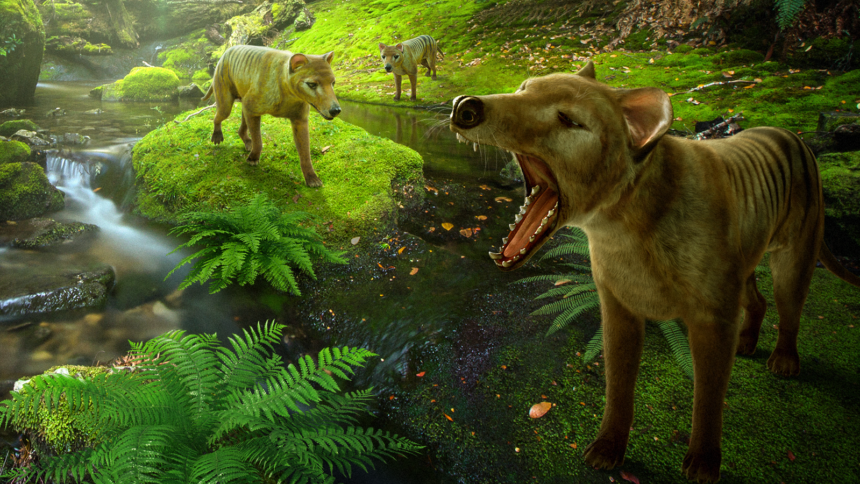The labrador-sized creature, also called the thylacine, was the sole native apex predator in Australia.
After the others were hunted to extinction in an effort to safeguard Tasmania’s expanding livestock economy, the final one perished in a Hobart zoo in 1936.
However, Colossal Biosciences, the Dallas-based business spearheading the initiative, claims that its recent demise makes it a prime candidate for “de-extinction.”
Colossal has already declared its intention to revive woolly mammoths and even the dodo from the dead by utilizing the most recent developments in reproductive biology and gene editing.
Beth Shapiro, chief science officer at Colossal, said, “The thylacine samples used for our new reference genome are among the best-preserved ancient specimens my team has worked with.”
It’s uncommon to find a sample that lets you experiment so much using antiquated DNA techniques.
Since DNA is brittle and degrades over time, most attempts to recover the genetic code of long-extinct organisms fail.







